Until last night, TIME AFTER TIME merely meant one of the greatest songs of all-time. Now, after watching the gloriously cheesy, dated but vigorously acted and hilarious 35th anniversary screening of TIME AFTER TIME (1979), it’s alongside BACK TO THE FUTURE as one of the most delightful time travel movies ever made.
In the LA-based Landmark’s ongoing Anniversary Classics series, film critic Stephen Farber puts the spotlight on overlooked gems, bringing in fantastic guests to do a Q&A after the fact. Last night, Malcolm McDowell of A CLOCKWORK ORANGE, ENTOURAGE and 229 (!) other credits, paid a visit to talk about his life and career. I’ll get to that, after I revel in discovering TIME AFTER TIME.
TIME AFTER TIME was a hard sell to studios, but Nicholas Meyer, the writer-director of the film, had written “The Seven-Per-Cent Solution,” a 1974 bestseller that combined Sherlock Holmes’ world with that of Sigmund Freud. Convinced by that novel’s success, Warner Bros. stepped up to make this film a reality, which was based on a novel by Karl Alexander (below).
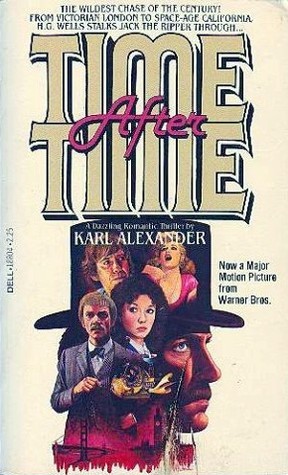
Stephen Farber argues that he thinks TIME AFTER TIME would be a harder sell today, but a movie about H.G. Wells tracking Jack the Ripper in modern day San Francisco sounds exactly like the kind of high-concept crossover movie studios want to be making these days.
WB was hesitant to cast Malcolm McDowell in the role of the romantic lead and hero (H.G. Wells), thanks to his acclaimed role as Alex, the nutjob from Stanley Kubrick’s A CLOCKWORK ORANGE, that had typecast him (and would continue to do so). They eventually succumbed to Nicholas Meyer’s wishes. When McDowell got the script, it was a Godsend, “I’m not insane,” after all. He was thankful for not being made to play the role of Jack the Ripper.
That task went to David Warner, one of the greatest British thespians of all-time, who’s been in TRON, TITANIC, TIME BANDITS, THE OMEN and innumerable other gems, including indisputable career highlight Professor Jordan Perry in TEENAGE MUTANT NINJA TURTLES II: THE SECRET OF THE OOZE. Here, Warner chews up scenery deliciously, as the creepy John Lesley Stevenson (or “Jack” to his friends), who opens up a creepy music box that never appropriately unnerves his forthcoming victim…right before slashing their throats. Also, if you ever wanted to see Jack the Ripper in a jean jacket…TIME AFTER TIME cures that long-held desire that many of us never knew we had.
Then you throw in Mary Steenburgen, who I’ve mostly only known as the curiously hot older woman (in ELF, STEP BROTHERS), as the hot and foxy younger woman who is super appealing, or Herbert’s love interest. She’s a career woman (in banking), who divorced her husband because he wanted her to be a doting housewife, and is all about the women equality movement, which tickles H.G. Wells to no end, since he trumpeted the cause back in the 19th century. TIME AFTER TIME is Mary’s second film right before winning an Oscar for MELVIN AND HOWARD, but this one is also notable because her and Malcolm fell in love, leading to marriage and two children. It didn’t last unfortunately, and now she’s married to Ted Danson. Here’s to you Mrs. Steenburgen!
Overshadowing everyone else though, is “Boy at Museum,” played by the one, the only…Corey Feldman, right before booking a role on THE BAD NEWS BEARS TV show.
TIME AFTER TIME was critically beloved, but never found the mainstream audience that WB had hoped, thanks to shamelessly publicizing the film as a “Jack the Ripper” movie. It didn’t hurt Nicholas Meyer’s career though; his next film was STAR TREK II: THE WRATH OF KHAN (he also would direct STAR TREK VI). You might have caught that one.
The trumpeting opening, in which the titles zoom toward the screen with altogether too much alacrity, indicates a movie from another age, even dating the late 70’s film, as if we’re stepping into a Universal horror movie. It’s a fantastic introduction to Miklos Rozsa’s soaring presence. The legend won 3 Oscars for film scores, including SPELLBOUND, A DOUBLE LIFE and…BEN-HUR. He was nominated 10 other times, and he’s still got it here, in what was his final film.
In case you couldn’t figure it out from the poster or the trailer, TIME AFTER TIME is a time traveling caper/love story, in which H.G. Wells follows Jack the Ripper into the future to stop him. How do we get there?
In 1893, H.G. Wells has a big announcement to make to his closest friends, waiting for Dr. John Lesley Stevenson’s arrival. He’s late, of course, busy murdering a hooker in an alley somewhere. When he arrives, Wells announces that he’s made a time machine, and intends on using it, though he hasn’t worked up the nerve to do so yet.
When the cops arrive, searching every house in the area, and stumble upon John’s bag, filled with incriminating evidence, Stevenson is gone. To the future. Thanks to plot, the time machine returns home (because H.G. Wells had the homing key, or something), and Wells is forced to follow Jack the Ripper into the future, believing that he’s unwittingly sent a murdering psychopath into a utopia. Instead, he happens to land in 1979 San Francisco, a place that Jack the Ripper feels more at home than H.G. Wells does…until our resourceful hero runs into a horny young banker desperate to exchange foreign currency (that’s a euphemism, but also her job).
With the setting 1970’s San Francisco, I thought that perhaps they were going to link Jack the Ripper and Zodiac Killer, but the timeline would be messed up, not that we wouldn’t have forgiven that. It’s a time travel movie after all.
From there, we get many scenes that BACK TO THE FUTURE either borrowed, stole or paid homage to, blowing my mind, and possibly rupturing the space-time continuum in the process.
Consider this scene, when H.G. Wells outs himself as a time traveler to Amy:
It’s very much reminiscent of when Doc Brown comes clean to Clara in BACK TO THE FUTURE III. Take a deep breath…CLARA IS ALSO PLAYED BY MARY STEENBURGEN, who proves a lot madder the second time around, probably because Mary Steenburgen is tired of falling for liars/raving lunatics with awesome hair. Of course, the “second” time technically happened in 1885 in the Old West, eight years before she ultimately travels back to London with H.G. Wells (oh, spoilers). Is Clara/Amy an evil mastermind, collecting awkward time travelers? Is BACK TO THE FUTURE a spin-off to TIME AFTER TIME? “This is heavy, Doc.”
The date that Wells and the Ripper go back and forth on is November 5th, which is in fact one of the dates used in BACK TO THE FUTURE, as we can see from the following chart:
A newspaper from the future is even used as a key plot device in several scenes. There is no Enchantment Under the Sea Dance, unfortunately.
Whenever H.G. Wells’ silly time machine travels through time, it’s akin to LSD-laced/PTSD-like flashbacks from when you were a kid and you stared at those psychedelic kaleidoscopes too long, with rainbow colors splashing across the screen willy nilly. Considering the time machine is littered with rainbow orbs like the friggin’ Infinity Gems, it makes sense.
While TIME AFTER TIME is clearly a science fiction movie, it’s more heavily rooted in rom-com territory, thanks to the overarching romance between Herbert and Amy, as they fall in love on the eminently fall-in-lovable streets of San Francisco.
The pair of them are so adorably awkward, and so clearly hot for each other, that you’re begging them to mash genitals after the first scene. When they do finally start kissing, Amy even admits that she’s practically raping him. This is after she said she wasn’t a dyke and asked if there were a lot of A-rabs in Britain (her co-worker wanted to marry into oil). Visual evidence:
Either way, it’s nice to see a woman take control, giving bumbling geniuses with girl problems a break.
In many ways, H.G. Wells is like Ichabod Crane of SLEEPY HOLLOW, doddering around, stumbling upon astounding new inventions like the electric toothbrush, garbage disposal, and escalators. You already knew McDowell was a genius, but in TIME AFTER TIME, he shows off his slapstick and comedy skillz. It’s impossible not to chuckle at him following a woman in saran wrap (?), whilst taking notes:
There’s a lot to write about, there. Oh, and check him out trying McDonald’s (referred to later as a “Scottish restaurant”) for the first time, a few of the more blatant product placement opportunities that don’t feel as manipulative as they should:
Early in the film, it’s established that Stevenson and Herbert are the type of friends that always play chess, and that Stevenson ALWAYS wins, a face-palm metaphor for the cat and mouse game that is to come. The best scenes in the film, except when I’m fantasizing about Mary Steenburgen’s frizzy hair and chuckling at H.G. Wells’ “oh, dude in the past” antics, are when David Warner and Malcolm McDowell share the spotlight, going mano e mano:
TIME AFTER TIME is one of those movies that gets better with age, because its jokes are just as funny, and so many other lines become unintentionally hilarious. Plus, it’s a time travel movie, and time travel movies are the best subgenre there is. If you haven’t seen it, it’s high time to rectify that mistake, like I just did.
Besides, if there’s justice in the world, there will be a sequel, since Karl Alexander wrote one to his book. Behold:
Bwahaha.
OPTIONAL MINI-DRINKING GAME:
-Drink every time H.G. Wells touches his glasses.
-Drink for every bank you see.
If you want to cough up $1.99, you can watch Time After Time on YouTube here. Or, buy the DVD on Amazon for $5.99. It’s well worth it.
MALCOLM MCDOWELL ANECDOTES:
Afterwards, McDowell got to talk about his astounding life and career. Anyone who can tell stories that include Laurence (“Larry”) Olivier, Alan Bates and Helen Mirren (for ONE PLAY) has won. He recounted his age of debauchery with the Royal Shakespeare Group in England, where he tried to get fired (and filled his off-time with drinking, gambling and women). While he clearly missed the stage once he got going about it, he characterized himself as “a stage actor, but I escaped.”
While he loved and trusted Stanley Kubrick, and had to for his role in A CLOCKWORK ORANGE, he mentioned that Kubrick screwed him out of money for the movie. This was an ongoing theme, as he told a story about when he met Gene Kelly (who he paid homage to in the infamous Singing in the Rain sequence from CLOCKWORK), who looked him up and down, and stalked off without a word. 40 years later, Gene’s widow would tell him that he wasn’t mad at McDowell, but at Kubrick, because he hadn’t gotten paid.
His favorite actor of all-time? James Cagney (WHITE HEAT, SCARFACE). For him, there has never been someone more unpredictable, possessing his unique brand of energy.



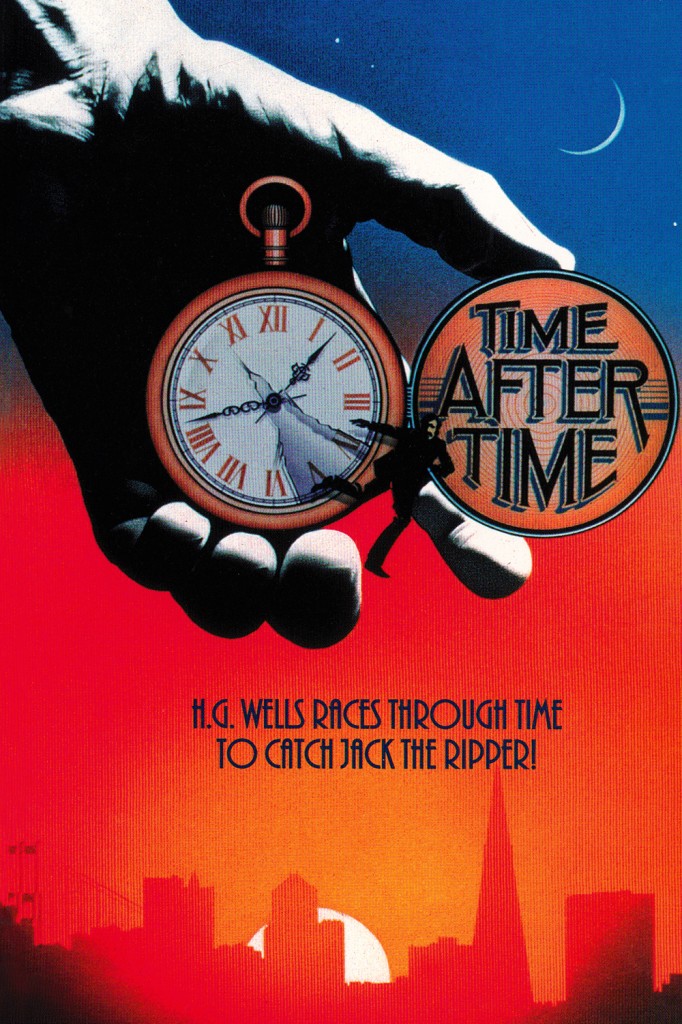
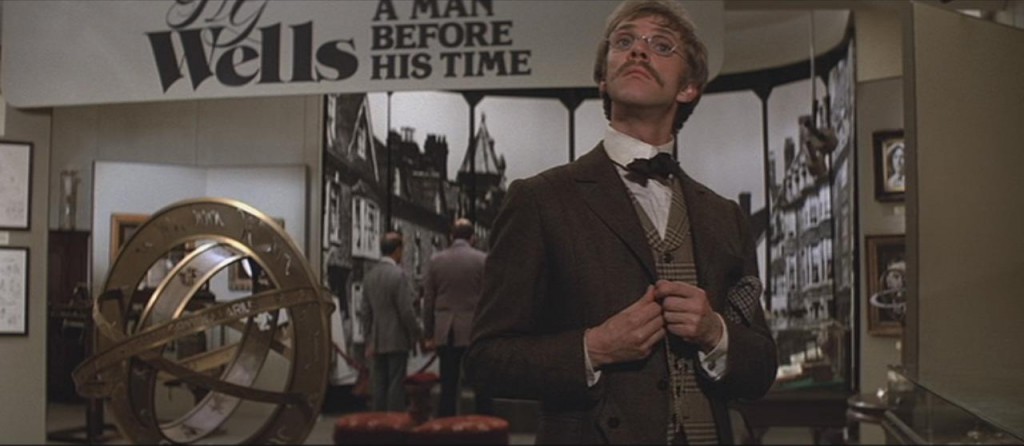
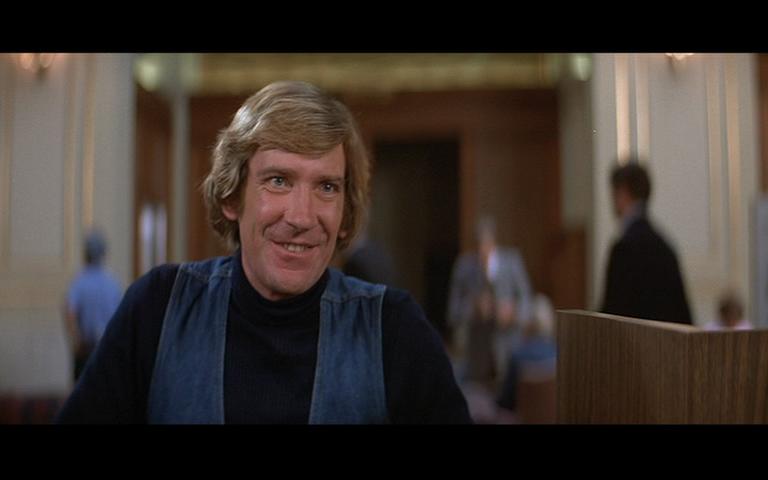
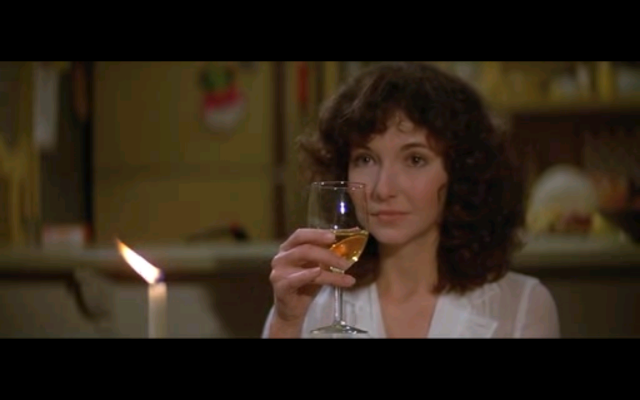
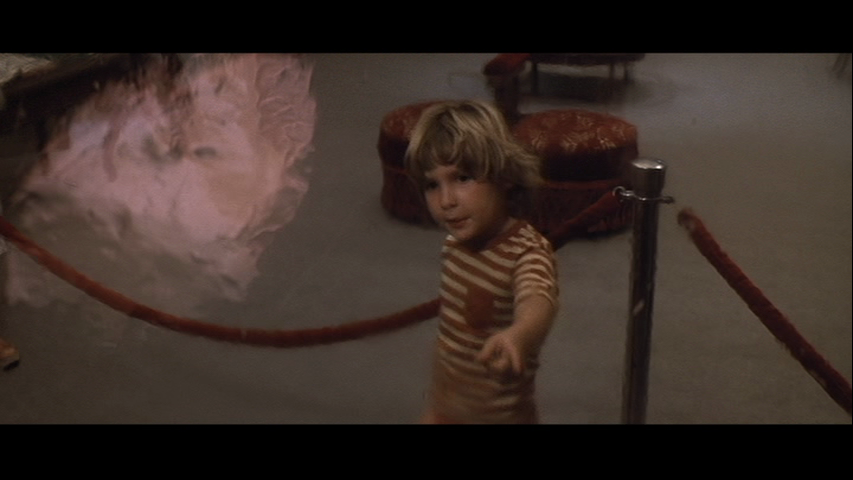
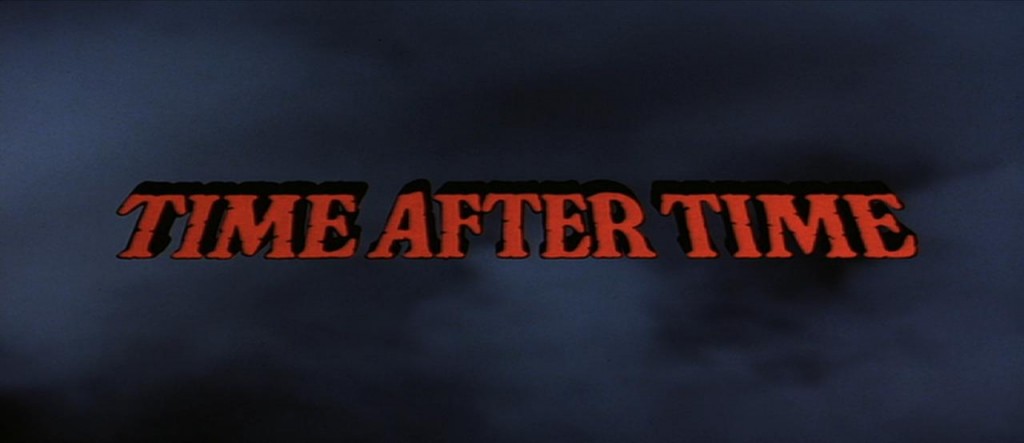
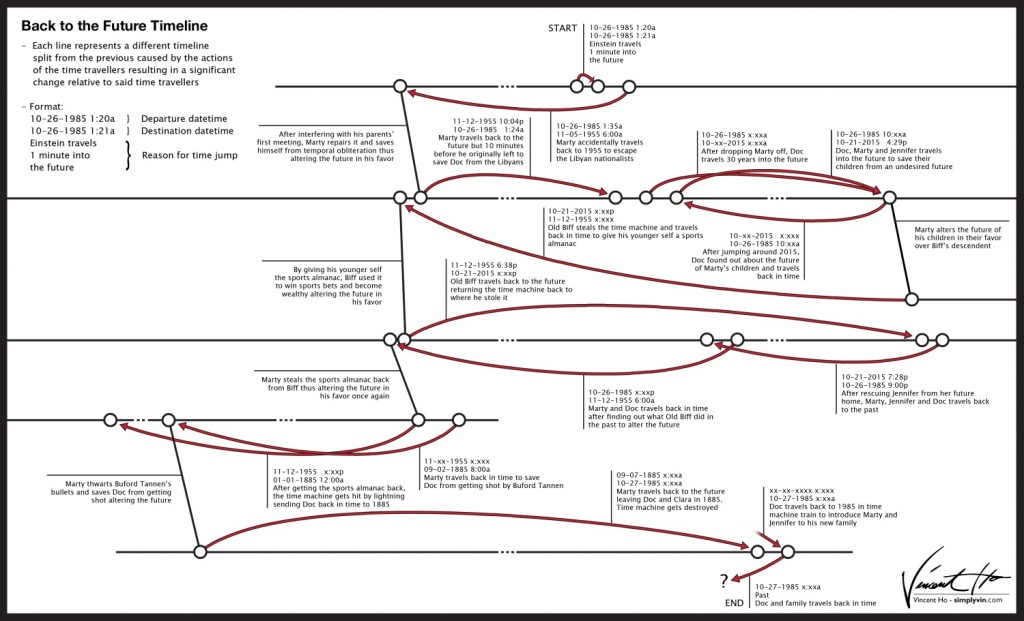
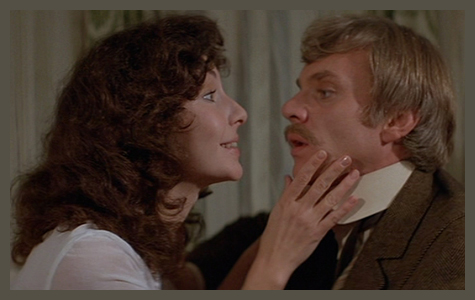
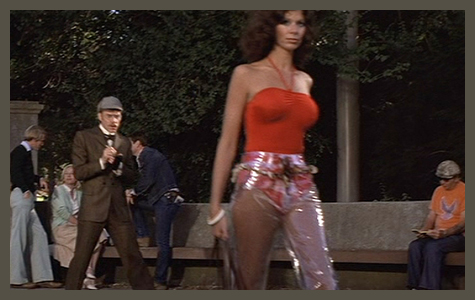
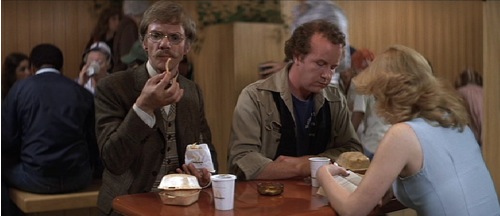
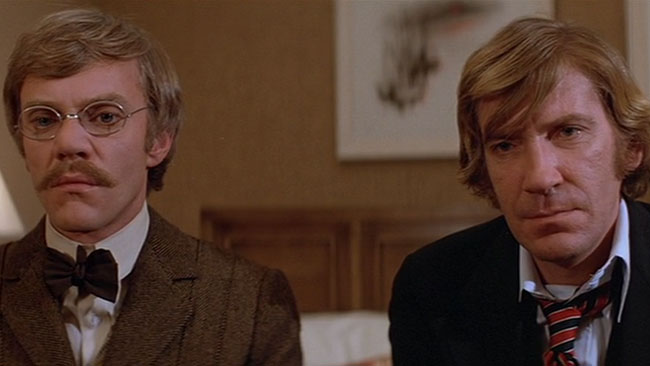
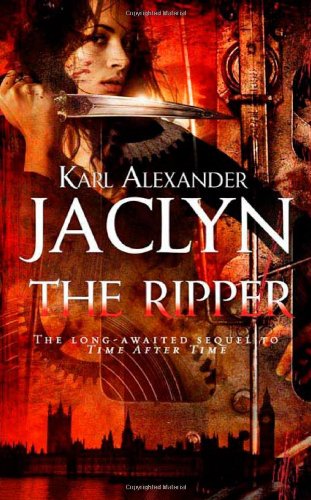
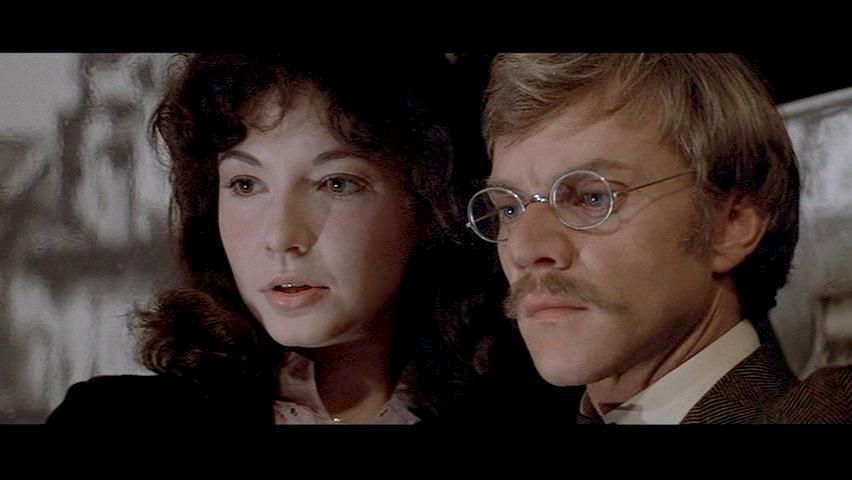
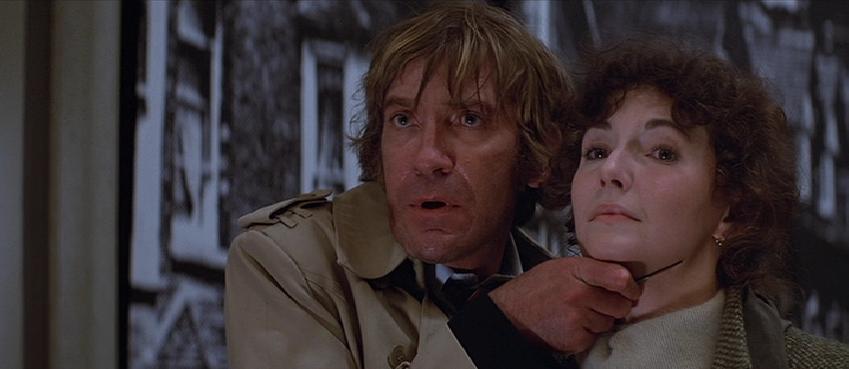
Pingback: Suggested Reboots For Pilot Season 2016-2017 - Men's Trait